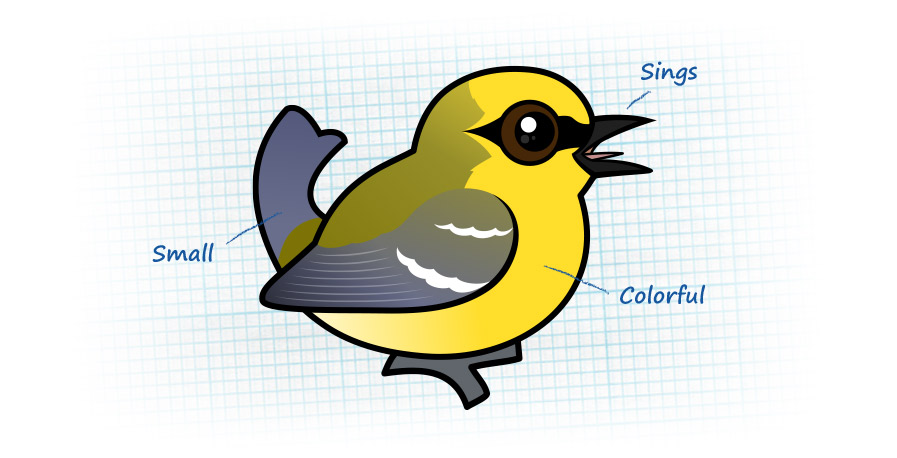Puerto Rico Week
Birdorable Adelaide’s Warbler Joins the Flock for Puerto Rico Week

We’re excited to introduce a brand-new Birdorable for Puerto Rico Week—meet the Birdorable Adelaide’s Warbler!
This small, bright yellow warbler is one of Puerto Rico’s 18 endemic bird species, meaning it’s found only on the island. With its soft gray back, white eye-ring, and hyperactive nature, the Adelaide’s Warbler is a favorite among birdwatchers. It flits through the trees searching for insects, often making its presence known with a high-pitched, buzzy song. Unlike some other warblers that migrate between breeding and wintering grounds, Adelaide’s Warbler stays in Puerto Rico year-round, making it a reliable sighting for bird lovers exploring the island.
Adelaide’s Warbler (Setophaga adelaidae) was named after Maria Antoinette Adelaide Florentia del Carmen Swift Washburne, the daughter of ornithologist Robert Swift. While little is recorded about Adelaide herself, the bird that carries her name is an important part of Puerto Rico’s unique avian ecosystem. The species prefers dry forests and coastal scrublands, though it can also be found in some montane forests at higher elevations. It’s a frequent resident of Bosque Estatal de Guánica, Bosque Estatal de Maricao, and El Yunque National Forest, some of the island’s best birding spots. These forests are home to several other endemic birds, so a visit to these areas might reward birdwatchers with sightings of the Puerto Rican Tody, Puerto Rican Spindalis, or even the rare Elfin Woods Warbler.

Adelaide's Warbler by Brandon Trentler [CC BY 2.0]
Adelaide’s Warbler is an active forager, constantly moving through trees and shrubs in search of insects and spiders. It often hangs upside down from branches while picking prey off leaves, similar to chickadees and other warblers. Though its movements can make it tricky to spot, its distinctive buzzy, high-pitched song is a good clue that one is nearby. This vocal little bird plays an important role in Puerto Rico’s ecosystem by helping to control insect populations.
We’re thrilled to add the Birdorable Adelaide’s Warbler to our collection of cute cartoon birds. Its cheerful yellow plumage and lively personality make it a wonderful addition to our Birdorable flock. Check out our Birdorable gifts and gear featuring this Puerto Rican specialty, and stay tuned for more fun special bird posts as we continue celebrating Puerto Rico Week!











































